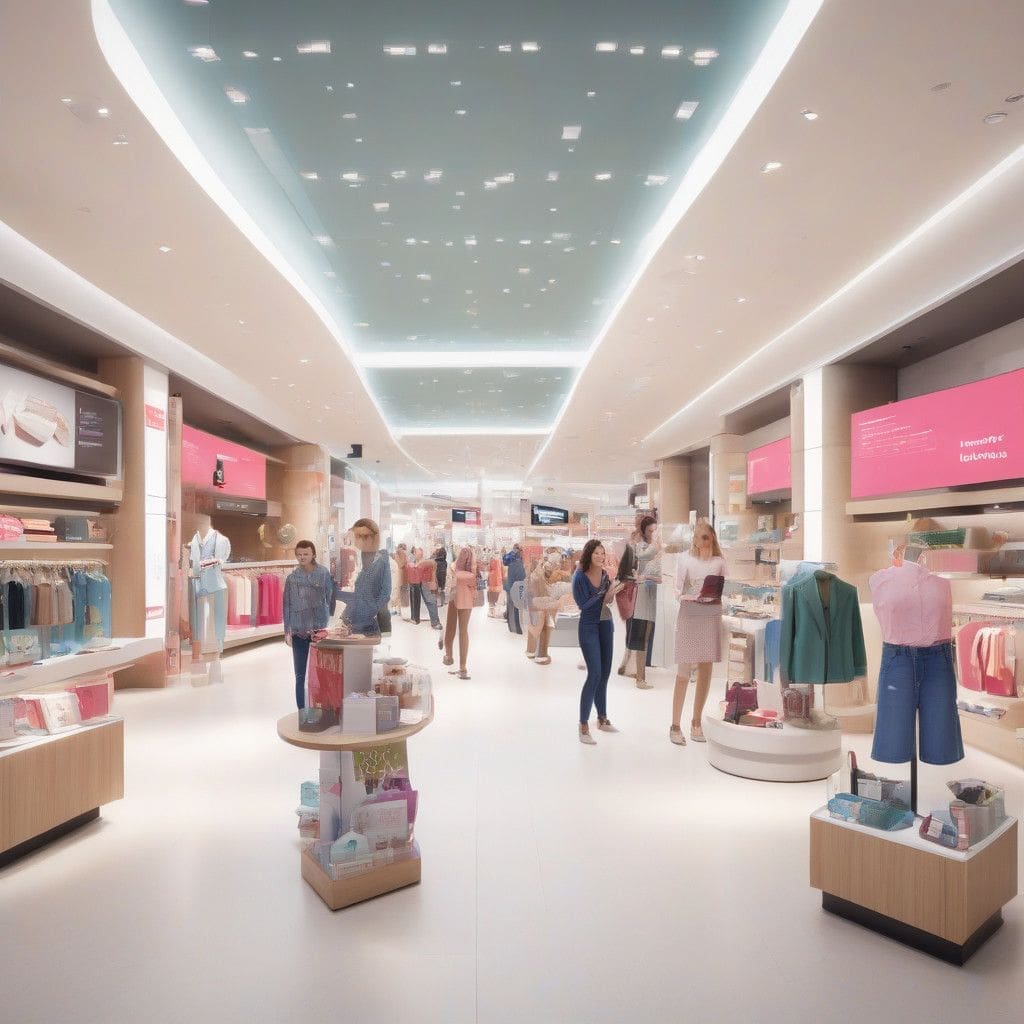Recent research conducted by Ryder System Inc. reveals a noteworthy shift in consumer behavior, particularly regarding in-store shopping. The study indicates that in-store shopping sentiment has increased by 21% compared to the previous year. While customers continue to appreciate the convenience of online shopping, a significant number are returning to brick-and-mortar stores, seeking a hybrid experience that integrates both physical and digital elements. This trend underscores the necessity for retailers to adopt a robust omnichannel strategy to meet evolving consumer expectations.
Jeff Wolpov, senior vice president of e-commerce for Ryder, commented on these findings, highlighting how the landscape of retail and e-commerce has transformed over the past few years. “The emergence of e-commerce and growth of omnichannel fulfillment has dramatically altered consumer expectations and behavior,” he stated. Retailers must recognize this change and adapt their strategic approaches to stay competitive.
Among the survey participants, 61% expressed a desire to shop in-store primarily for the experience—be it trying on clothes, comparing products, or enjoying the ambiance of physical locations. This figure marks a significant rise from last year, illustrating that the tactile nature of shopping still holds a strong appeal. Additionally, 35% of respondents mentioned a preference for in-store shopping to avoid delays associated with online orders, while 15% cited concerns about package theft as a reason for visiting physical locations.
As consumers increasingly favor shopping for apparel and cosmetics in-store, the implications for retailers become clearer. A remarkable 41% of cosmetics shoppers indicated a preference for purchasing in physical stores or brand-specific locations, an increase of 9% since the previous year. Likewise, 54% of clothing shoppers expressed a similar inclination—a trend that retailers must consider when optimizing their inventory and marketing strategies.
An intriguing aspect of the study is the notable preference for in-store returns of online purchases. For the first time since early 2020, more shoppers (55%) would rather return online purchases in person rather than via mail. This propensity suggests that consumers value the immediacy and convenience of in-store interactions, enhancing the opportunity for retailers to engage with customers while they are on-site. Moreover, 40% of shoppers reported making additional purchases during returns or pickups, indicating that these moments can be capitalized on to boost sales.
The intersection of mobile technology and in-store shopping cannot be overlooked. This year’s survey indicates that 77% of consumers use their mobile devices to search for items while physically in-store. Mobile phones have become pivotal in shaping the shopping experience, where customers actively compare prices at nearby retailers (69%), check product availability at other locations (58%), and seek additional product information (31%). This behavior highlights the need for retailers to enhance their in-store technology, such as providing better Wi-Fi connectivity or integrating mobile apps that enrich the shopping journey.
To successfully implement an omnichannel strategy, retailers need to leverage technology that integrates supply chain solutions across multiple sales channels. This approach not only enhances operational efficiency but also personalizes the shopping experience, which is paramount in driving customer satisfaction. As Wolpov aptly put it, “Omnichannel strength is not a fad; it is a strategic necessity for e-commerce and retail businesses to remain competitive.”
In conclusion, the data suggests that a cohesive omnichannel shopping experience is no longer just an advantage; it is essential for retaining customers in a landscape where both in-store and online experiences are valued. Retailers must pay close attention to consumer preferences and adapt their strategies accordingly. The rise of in-store shopping combined with the robust appetite for online convenience illustrates a clear demand for a seamless blend of both worlds. By doing so, retailers will not only meet consumer expectations but will also pave the way for sustainable growth in the competitive retail environment.
